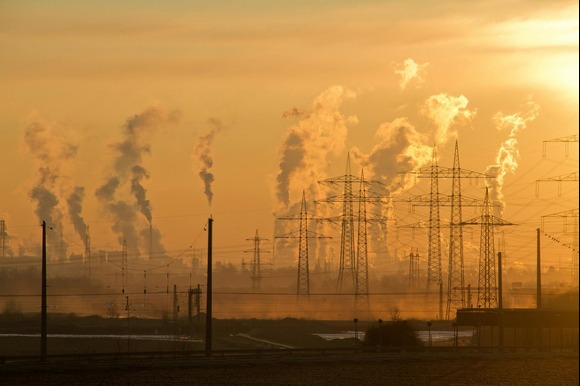
Photo by Pixabay
A public health advisory has been issued for New York City and its surrounding areas as thick smoke from ongoing wildfires in Canada continues to drift into the northeastern United States.
On Saturday, New York State’s Department of Environmental Conservation (DEC) and the Department of Health (DOH) announced on X that air quality alerts were in effect for several regions, including Long Island, the New York City Metro area, the Lower and Upper Hudson Valleys, and the Adirondacks.
Officials warned that the air quality in these areas is “unhealthy for sensitive groups,” which includes children, the elderly, and individuals with respiratory or heart conditions.
Massive wildfires raging across Canada have already forced tens of thousands of residents to evacuate their homes. The thick plumes of smoke from these blazes have traveled across the border, leading to a spike in air quality concerns across northern parts of the United States.
Forecasts indicate that the Air Quality Index (AQI) in much of New York State will exceed 100 on Saturday and may reach levels as high as 135. Additional alerts have also been issued in regions across New England.
The AQI is a standardized measure that assesses the concentration of pollutants in the air, providing an indicator of potential health risks. Higher AQI readings correspond to greater levels of pollution and increased health hazards.
This is not the first such advisory linked to Canadian wildfire smoke. In mid-July, similar alerts were issued for cities like Chicago, prompting health officials to advise extra precautions for vulnerable groups, including infants and the elderly.
The transboundary impact of the wildfire smoke has sparked political discourse in Washington. Earlier this month, six members of the U.S. Congress sent a formal letter to the Canadian ambassador, expressing concern over the smoke pollution and its impact on Americans’ ability to enjoy the summer season.
According to Canadian authorities, more than 550 wildfires are currently active across the country, with the highest concentration reported in the province of Manitoba. Over the past year, a staggering 6.1 million hectares—or approximately 15 million acres—of land have been scorched.
May and June were especially destructive, particularly in western provinces like Saskatchewan and Manitoba. During that time, around 30,000 residents were forced to evacuate their homes, prompting local governments to declare states of emergency in multiple jurisdictions.
Environmental scientists have long connected the increasing frequency and severity of wildfire seasons to the effects of climate change. Canada is reportedly warming at more than twice the global average rate, with Arctic areas of the country experiencing temperature rises at nearly three times the global pace.
As the climate crisis continues to fuel extreme weather and environmental hazards, authorities warn that incidents like this may become more frequent and more dangerous for populations on both sides of the U.S.-Canada border.




